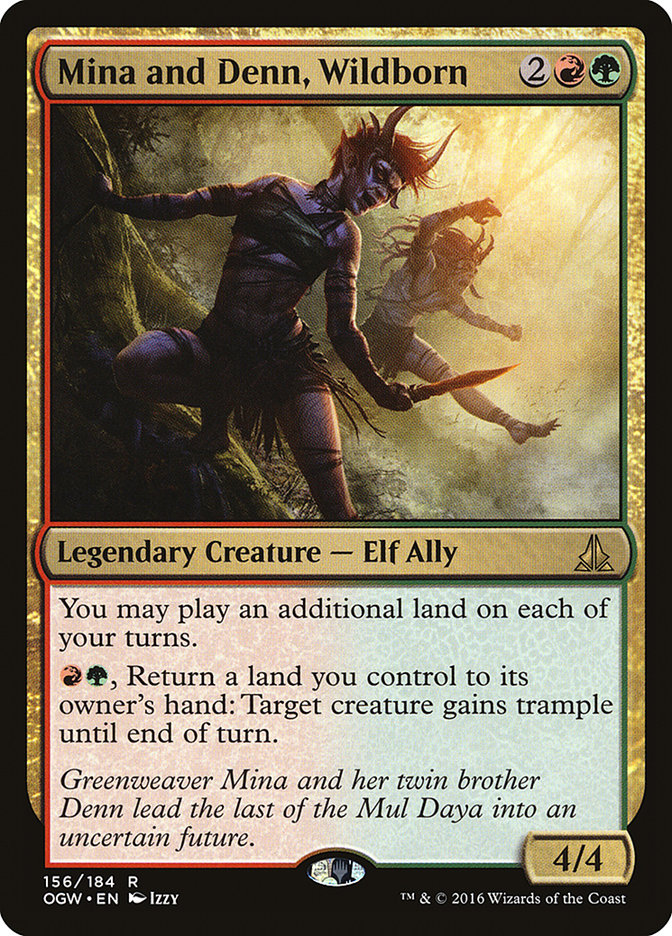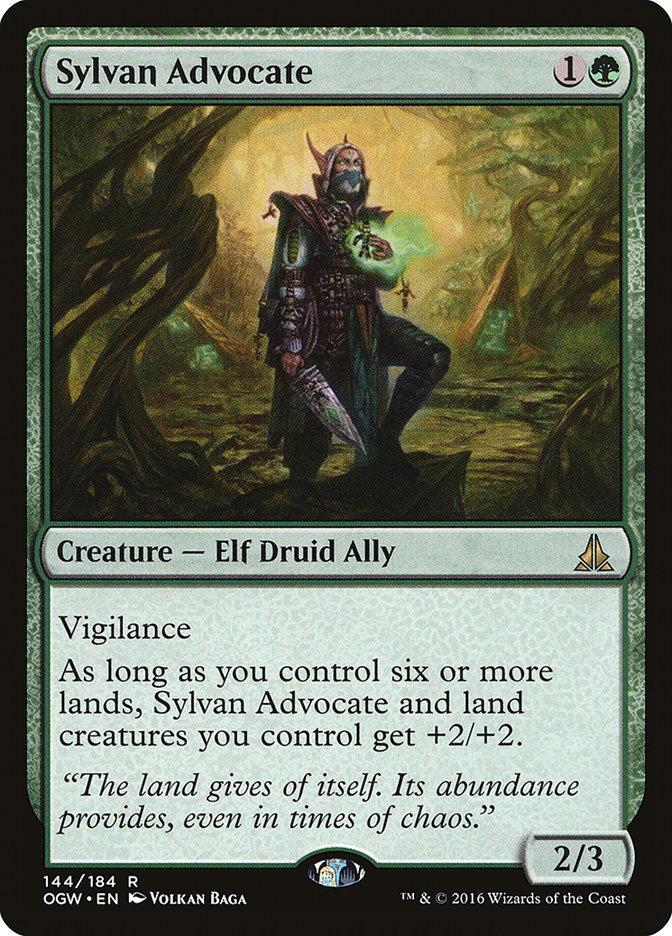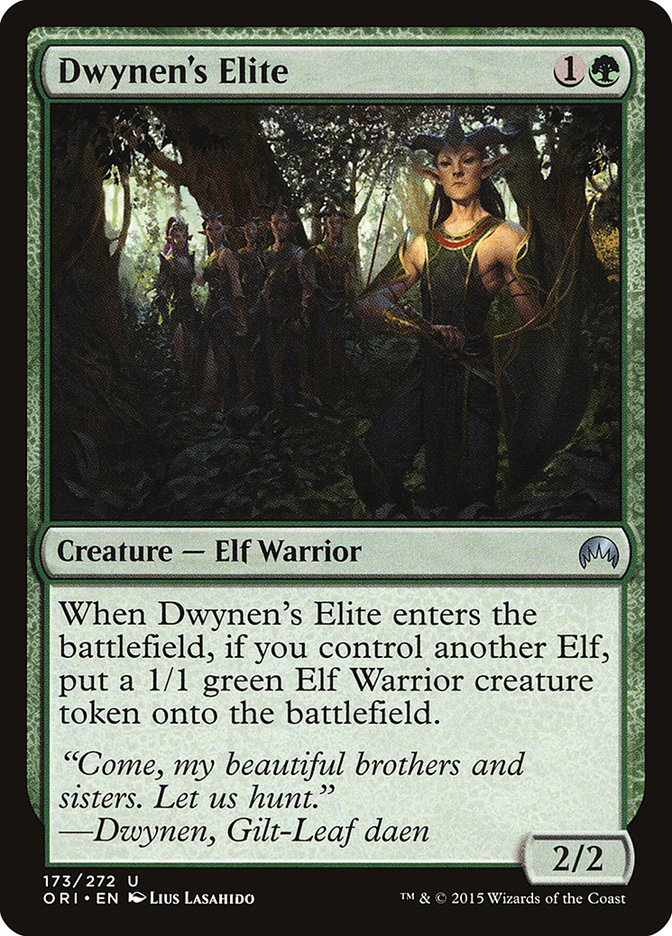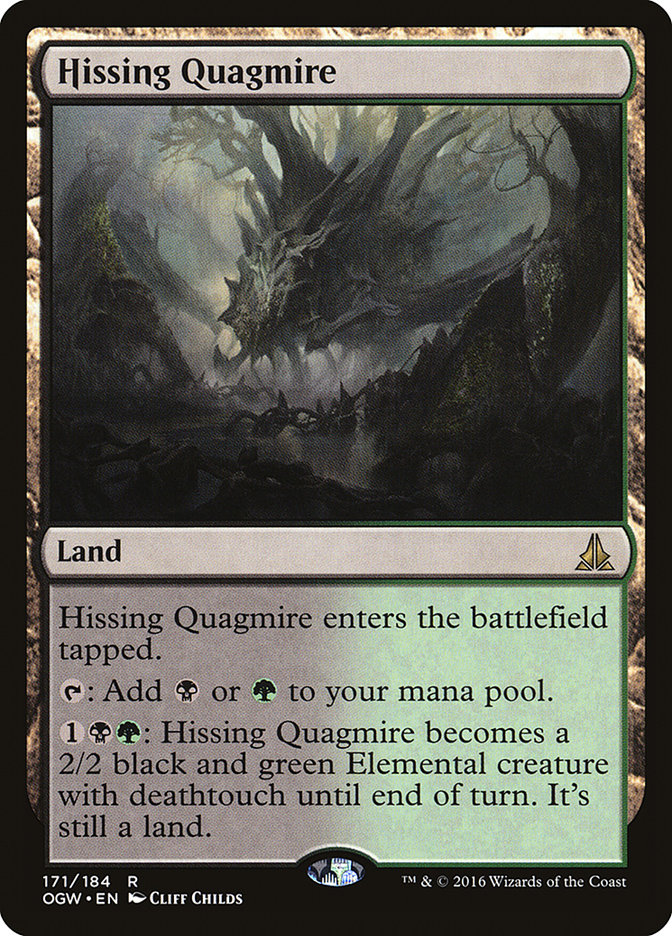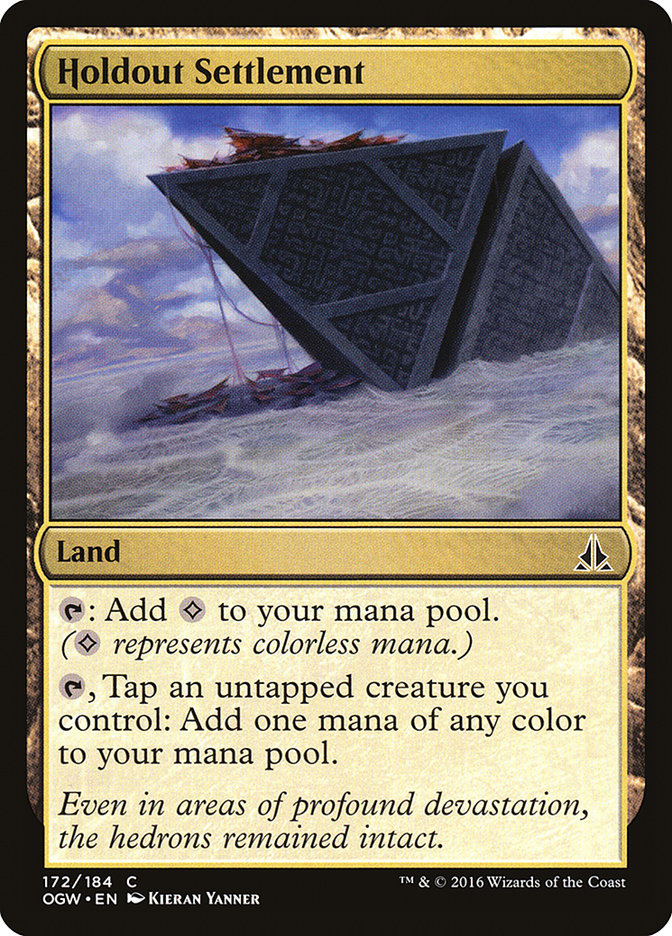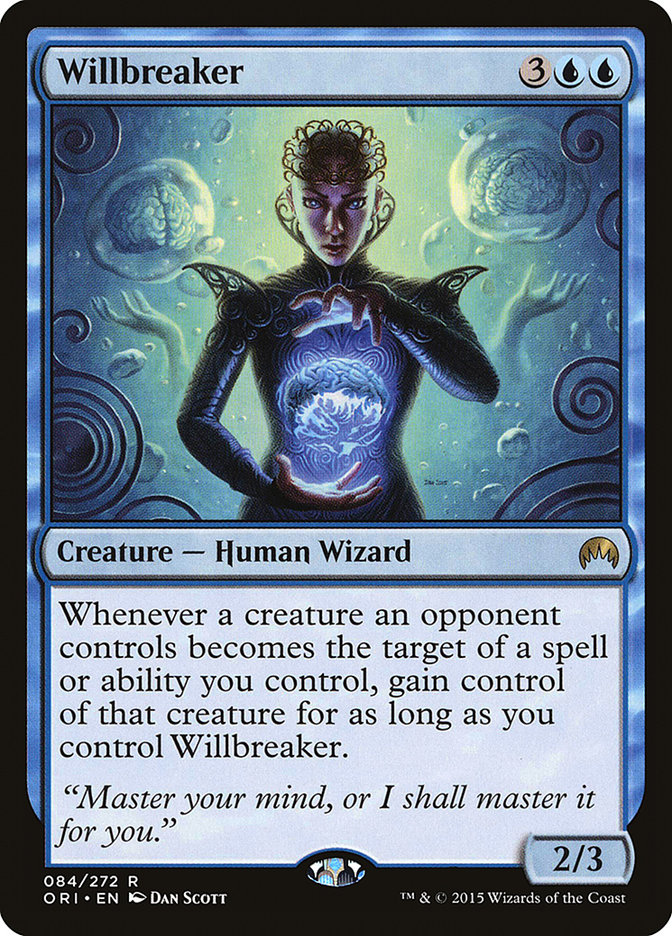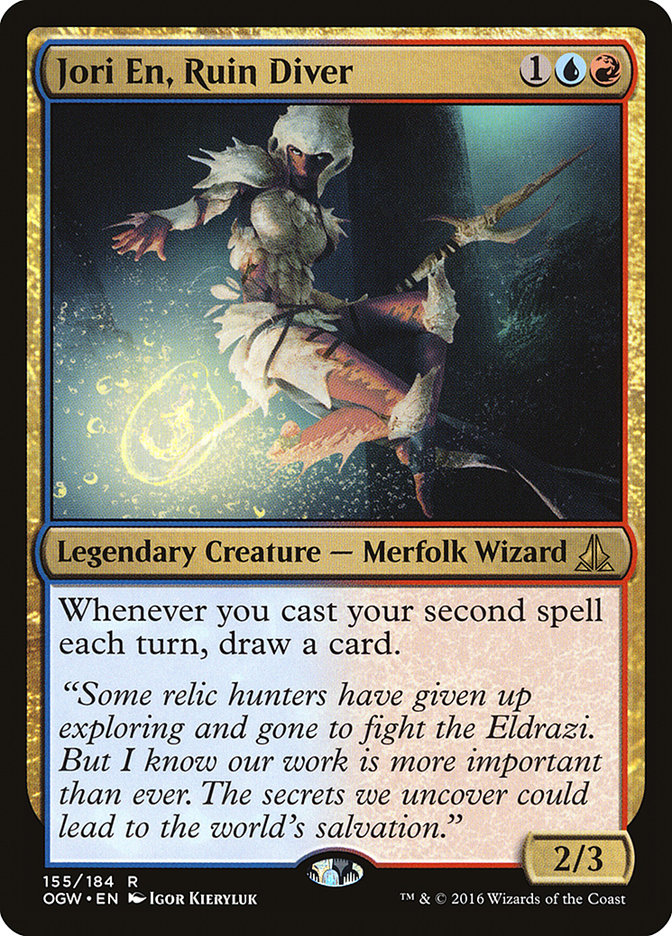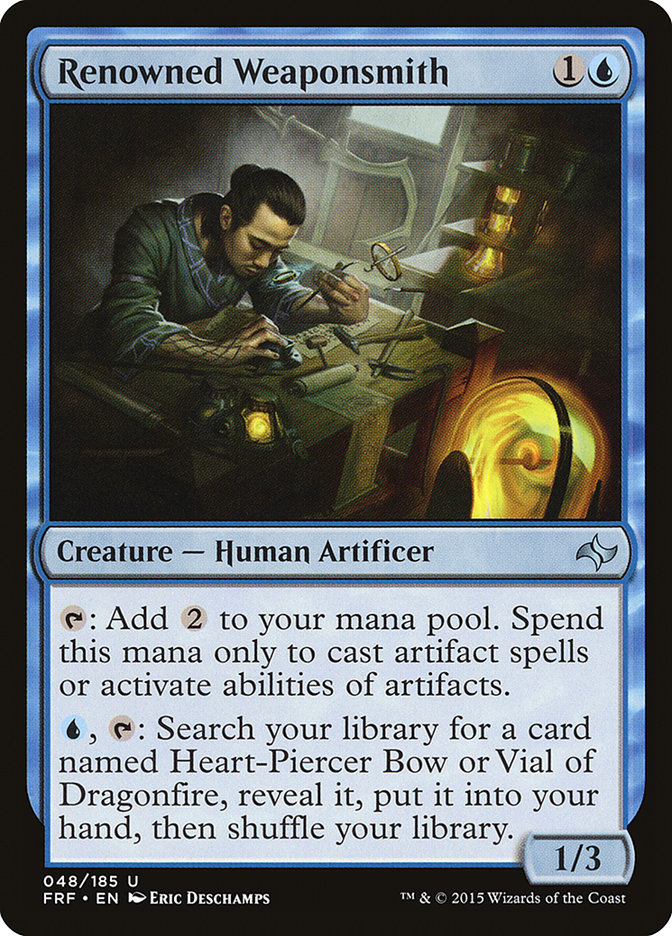Groundhog Day is a really weird holiday. For those outside the United States, Groundhog Day must look like the most bizarre spectacle, completely foreign and obsolete in today’s advanced, modern society. We put twelve men on the moon, but some of us still implicitly trust an oversized rat to predict the next month and a half of winter weather. Nevertheless, we always come into work or school on the morning of the 2nd, asking our neighbors if Punxsutawney Phil saw his shadow.
In the Punxsutawney Chamber of Commerce propaganda classic 90’s comedy film Groundhog Day, Bill Murray relives Groundhog Day over and over again, going to sleep on the night of February 2nd and waking up to the same song on his clock radio the morning before. He capitalizes (and comically squanders) his chance to relive the day to get better and better at winning over an oblivious Andie Macdowell, who he finally wins over after what some say is decades of time spent in a continuous loop of the same cold, wintery day.
In the context of Magic, though, players can tend towards pessimism, feeling like they’re stuck in the Groundhog Day loop. Even when a new set comes out, Abzan still looks pretty good on the backs of Den Protector and Siege Rhino. Jace, Vryn’s Prodigy is still abstractly the most powerful card in Standard. A nut draw from Atarka Red is unbeatable. This is one way to think of things, but it’s the wrong way.
However, every new set offers an opportunity to update old lists; in the case of two-set blocks, you get the other half of related cards to use in decks that you’ve shelved due to a lack of consistency and support. It may be frustrating to get turned down by the format’s Rita Hanson, but you’ve gotta keep trying.
Be more like Bill.
Today, we’re going to look at some old lists that have received new tools in Oath of the Gatewatch and discuss the quality of the improvements and modifications to see if they’re legitimate paths. Punxsutawney Phil will even weigh in on the prognosis for the deck.
Deck #1 – Elves
Right after Battle for Zendikar was released, I built an Elf tribal deck built on the efficiencies of Gnarlroot Trapper, Dwynen’s Elite and Shaman of the Pack, while adding the newly-released Beastcaller Savant and Tajuru Warcaller for consistency and swarming capabilities. Before taking it to the Open in Indianapolis on release weekend, I chickened out and subbed in format standards like Siege Rhino and efficient new threats like Woodland Wanderer. Here was what I registered for that event last September.
Creatures (28)
- 3 Anafenza, the Foremost
- 4 Siege Rhino
- 3 Gilt-Leaf Winnower
- 4 Hangarback Walker
- 1 Lantern Scout
- 1 Tajuru Warcaller
- 4 Skyrider Elf
- 4 Woodland Wanderer
- 4 Beastcaller Savant
Planeswalkers (2)
Lands (25)
Spells (5)

I’d moved away from the all-in Elf plan at the time and, thus, this was just a pile of 75 cards to me. With some critical new releases, however, the deck felt ready to pursue again.
While not technically an Ally deck, General Tazri just so happens to find some of the deck’s most important cards, namely Tajuru Warcaller and Beastcaller Savant. The WUBRG effect might occasionally be relevant, but mostly, she finds whatever Ally I happen to need at the moment, whether it’s an efficient creature, an evasive one, or a game-ending blowout. Mina and Denn, Wildborn are hard-hitting too, and the ability to grant trample, especially after Warcaller is triggered, makes combat surprisingly difficult. Sylvan Advocate is everything this deck wants: a cheap, efficient Elf Ally that gets better as time goes on. You can’t go wrong.
With that in mind, I’ve created a new version: Snow White and the 37 Elves.
Creatures (37)
- 4 Sylvan Messenger
- 1 Leaf Gilder
- 1 Nissa, Vastwood Seer
- 1 Gilt-Leaf Winnower
- 1 Dwynen, Gilt-Leaf Daen
- 4 Dwynen's Elite
- 4 Gnarlroot Trapper
- 4 Shaman of the Pack
- 3 Tajuru Warcaller
- 3 Skyrider Elf
- 4 Beastcaller Savant
- 1 Lifespring Druid
- 1 General Tazri
- 4 Sylvan Advocate
- 1 Mina and Denn, Wildborn
Lands (23)

This list has 51 creatures and 24 lands across the main and sideboard. That means no instants, sorceries, enchantments, or artifacts.
The deck features several new creatures, as listed above, but it also includes some new lands, including a new creature-land, Hissing Quagmire, and several of the new colorless producers that can make mana of any color in certain instances. Crumbling Vestige, a card I’ve been continuously impressed with in sorcery-speed decks, can fix for any of the deck’s five colors, whether it’s to cast a turn 1 Gnarlroot Trapper or as the last color to make a five-color Skyrider Elf. Holdout Settlement puts the extra 1/1 Elf Warrior token off a Dywnen’s Elite to good use, providing any color pain-free. Unknown Shores can, too, but at a steeper price. Bear in mind that, with so many mana creatures, the one extra doesn’t matter as often as you might think.
The sideboard features singletons to provide General Tazri some more tutor targets and for when the game goes a bit longer. While not an Elf, the Thought-Knot Seer provides an essential function to a swarm deck: protection against sweepers. There are eight colorless producers post-board, so casting an on-time Thought-Knot Seer to steal a Kozilek’s Return or Languish is very possible.
Elvish Visionary is an Elf that gets all of the Elf benefits while also keeping your hand stocked against control strategies. Lantern Scout is an Ally, and thus is castable and tutorable off Ally Encampment and General Tazri respectively. When it’s a race your opponent wants, the Lantern Scout is your Ally. Grovetender Druids can be fetched with General Tazri, and it helps you go a bit wider. Bear in mind that, like Dwynen’s Elite, this is two creatures in one, and for a small price, it makes every Ally a two-for-one deal. Dwynen, Gilt-Leaf Daen and Gilt-Leaf Winnower can come in when anthem effects or removal or respectively important.
Punxsutawney Phil’s Verdict: Early Spring
In practice, this deck had the same levels of velocity that the previous Elf deck had with Tajuru Warcaller being as monstrous as ever. What this set did was provide consistency in the manabase and early pressure in the lower curve. Sylvan Advocate is a peach if you need to block or attack early on, and Mina and Denn are aggressively sized for Elves. Not having removal was occasionally problematic, but a good hand from this deck is very hard to stop.
Deck #2 – Willbreaker
For Magic Origins’ Game Day, I sleeved up an exciting U/G brew that featured Willbreaker at its center.
Creatures (31)
- 1 Thassa, God of the Sea
- 2 Prophet of Kruphix
- 4 Kiora's Follower
- 4 Stratus Dancer
- 4 Bounding Krasis
- 4 Harbinger of the Tides
- 4 Hangarback Walker
- 4 Whirler Rogue
- 4 Willbreaker
Lands (24)
Spells (5)

Willbreaker combos with any type of targeted effect, and although some of the best enablers were lost after the rotation of Theros block, new ones appeared that are more subtle. Here’s a list that not only got tested, but got the full FNM treatment.
Creatures (18)
- 2 Jace, Vryn's Prodigy
- 2 Bounding Krasis
- 2 Harbinger of the Tides
- 4 Hangarback Walker
- 4 Whirler Rogue
- 4 Willbreaker
Planeswalkers (4)
Lands (25)
Spells (13)

Kiora’s Follower, one of the strongest cards in the original deck, did not have a good replacement, so I used lands like Skyline Cascade and Battle for Zendikar’s Kiora, Master of the Depths to shore up the manaless targeting abilities.
I took this to last week’s FNM to play five rounds of Standard, and, well, I won one of them.
Punxsutawney Phil’s Verdict: Six More Weeks of Winter
I had misbuilt the deck, cutting the Hedron Crawlers originally in the list until I had nothing left in terms of mana ramp or fix. The vast majority of the games I lost were due to mana problems, both in color and quantity, resulting in four mulligans to five on the night. The deck had all the pieces to be good, but I’d gone and fouled it up, making it too ambitious to function. Jace, normally a house, didn’t function nearly well enough to warrant the trouble of borrowing a couple to slot in. Harbinger of the Tides, the card it replaced, would have often been much better.
Don’t worry, Phil, I can fix it!
Creatures (21)
- 4 Rattleclaw Mystic
- 4 Bounding Krasis
- 1 Harbinger of the Tides
- 4 Hangarback Walker
- 4 Whirler Rogue
- 4 Willbreaker
Planeswalkers (3)
Lands (25)
Spells (11)
Sideboard

This answers the mana problem a bit, making the deck more consistent on getting to the fourth and fifth mana. Skyline Cascade was pretty good in the original deck, and it does target opponents’ creatures. Lead by Example makes my creatures a bit more impressive, works well with Hangarback Walker, and can be used to rob two creatures at once (support does not care who controls the targeted creatures.) Thanks, Punxsutawney Phil!
Deck #3 – U/R Thopters
Back in the Ensoul Artifact days of Standard, U/R Artifacts was a popular niche archetype, and I explored several different plans while it and the deadly Shrapnel Blast were also in Standard. After these cards rotated, artifacts dwindled as a core theme, dwarfed by the more prominent Eldrazi. However, a new mechanic from Oath of the Gatewatch has not only made the pursuit of artifacts more interesting, but more powerful, too.
Jori En, Ruin Diver has been discussed for her powerful trigger, incentivizing you to play lots of small cheap spells and find a constant stream to support them. While many have turned to cantrips like Expedite and Slip Through Space as ways to trigger her, Renowned Weaponsmith from Fate Reforged offers two different ways to help surge: it can tutor up your first spell each turn, or it can facilitate casting other artifacts so that you’re more likely to have the mana needed to cast a second one. Combine these with other surge spells and one of the set’s most underrated cards, and you have the schematics for a good time.
Creatures (20)
- 4 Renowned Weaponsmith
- 1 Pia and Kiran Nalaar
- 4 Hangarback Walker
- 3 Whirler Rogue
- 1 Reclusive Artificer
- 3 Jori En, Ruin Diver
- 4 Hedron Crawler
Lands (22)
Spells (18)
- 4 Ghostfire Blade
- 4 Vial of Dragonfire
- 1 Alhammarret's Archive
- 1 Pyromancer's Goggles
- 4 Hedron Archive
- 4 Fall of the Titans
Sideboard

This version leverages Renowned Weaponsmith’s ability to either get a spell every turn or hustle out our big artifacts, Alhammarret’s Archive, and Pyromancer’s Goggles. The surge payoff is Fall of the Titans; with a cheap spell like Ghostfire Blade or even a Hangarback Walker for zero, you can obliterate two creatures or throw a large chunk of damage directly at your opponent. Combined with cheap Ghostfire Blade activations, facilitated by the Weaponsmith in cases where you must equip a colored creature, the plan was to smash through opponents with efficiency and lots of card draw.
It kind of worked.
Punxsutawney Phil’s Verdict: A Fortnight of Winter?
At a Wednesday casual event, I played three sideboarded rounds of this deck and was quickly overwhelmed with the disparate levels of power in this deck. There were lots of threats this deck could not answer, and many of the cards in the deck were just not powerful enough to warrant inclusion. I did clinch a game in every match, which included against Hardened Scales with the insurmountable Managorger Hydra and another match against an Abzan deck with the Eldrazi Displacer/Siege Rhino combo. After a disappointing 1-2 finish, I knew I could do better.
Creatures (18)
Planeswalkers (1)
Lands (23)
Spells (18)

This version ups the power level while still utilizing a bit of the surge elements. Fall of the Titans did perform well, so I kept the playset of them. I often had more than enough mana to make an impact even without the surge trigger. In round 3, I managed to live the dream and cast a Fall of the Titans where X was nine, with Surge and off the Pyromancer’s Goggles. He Negated one, but the other still smacked him for a lot. For an opponent I hadn’t dealt combat damage to, I felt pretty good about threatening to put him from twenty to nearly dead with one spell. This version gives more sustain out of the sideboard and more common answers for threats; Seismic Rupture is nice because it leaves any Thopters I have untouched, and only the Thopter producers die from its activation.
Old decks can get a second chance with a new set. Which deck have you been crafting over the last few months that got a big boost with Oath of the Gatewatch?





